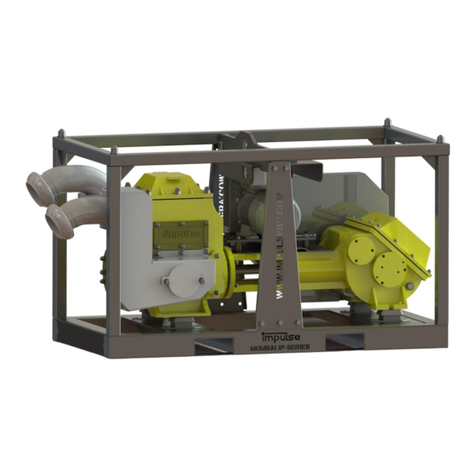2
Contents
1
Description, application and working principle........................................................3
1.1 Description............................................................................................................3
1.2 Construction of the pump unit............................................................................3
1.3 Intended use .........................................................................................................3
1.4 Unintended use.....................................................................................................4
1.5 specification and dimensions .............................................................................4
2
Safety instruction........................................................................................................6
2.1 Warning stickers...................................................................................................6
3
Lifting instructions PT150 pump unit........................................................................8
3.1 Moving the pump unit with a forklift...................................................................9
4
Pump unit installation...............................................................................................10
4.1 Placement –general...........................................................................................10
5
Pump –general .........................................................................................................11
5.1 To fill the pump housing with water:................................................................11
5.2 Control panel ......................................................................................................11
5.3 Checking the direction of rotation....................................................................12
6
Daily maintenance of the pump ...............................................................................13
7
Preperation for starting............................................................................................14
8
Starting and stopping...............................................................................................15
8.1 Stopping..............................................................................................................17
9
Monitoring during operation....................................................................................18
10
Draining the pump when there is danger of freezing.............................................19
11
Troubleshooting table ..............................................................................................20






























